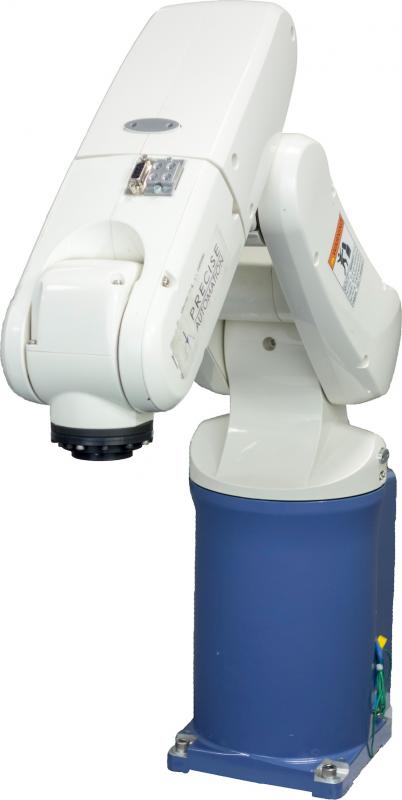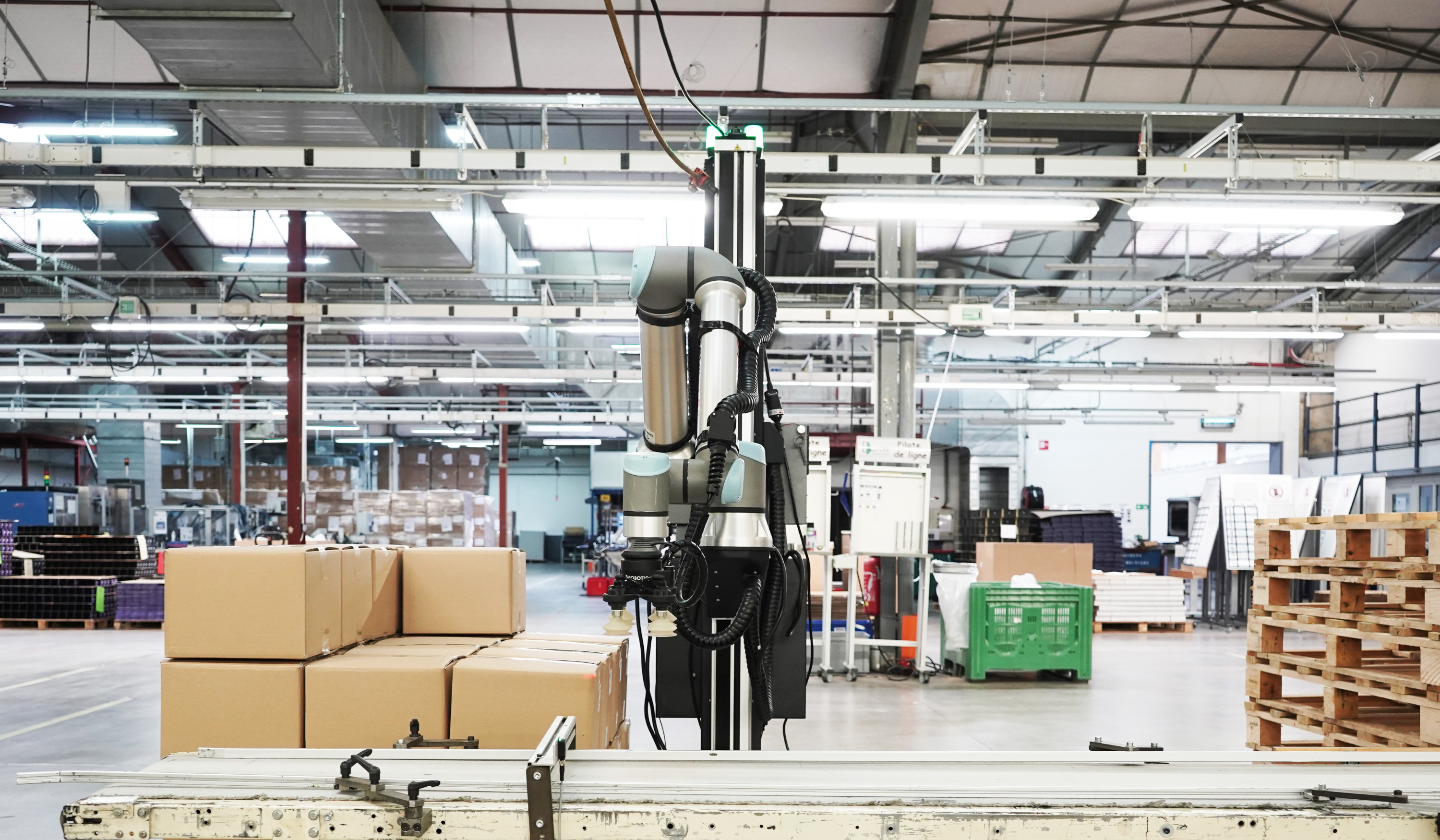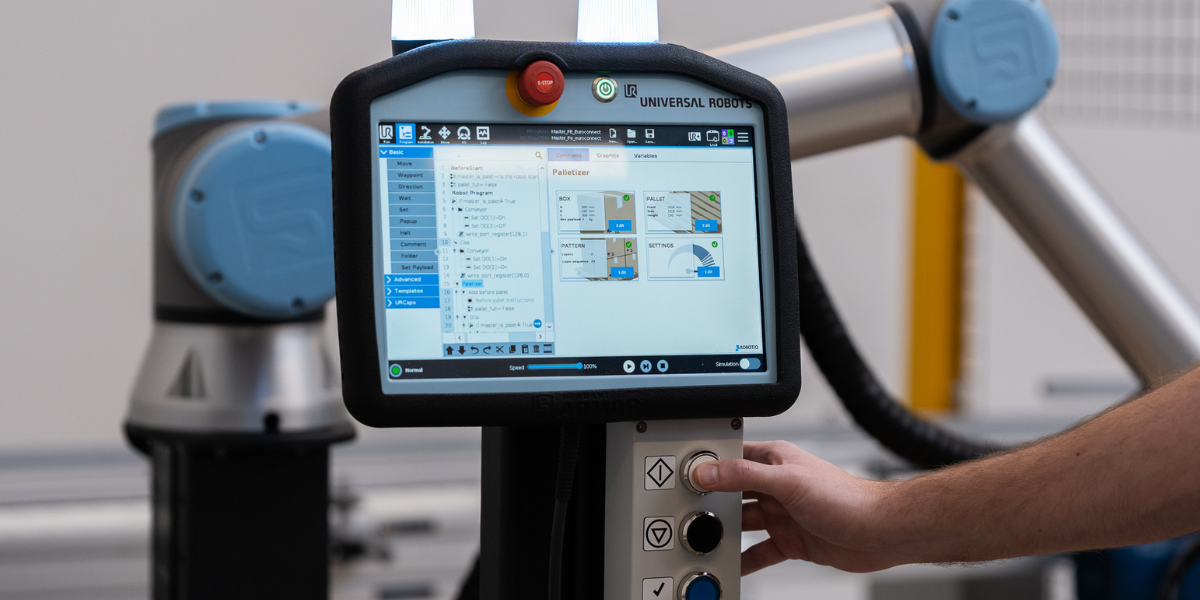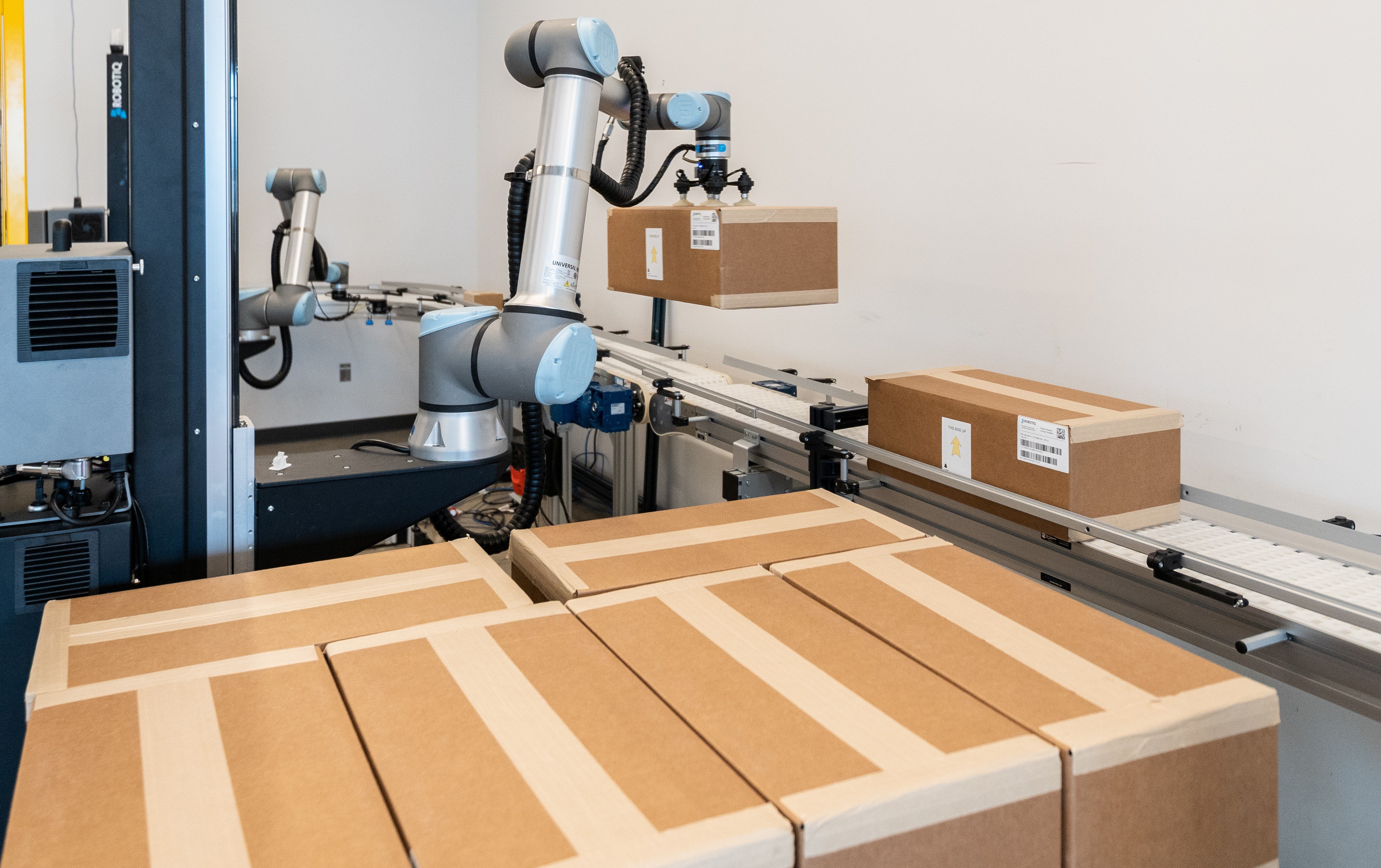6-Axis Collaborative Robots from Precise Automation

Posted on Oct 16, 2015 8:00 AM. 2 min read time
The beginning of 2015 was a very busy period for collaborative robot releases. We saw Sawyer, UR3, Yumi and others for the first time. As these robots are issued from established robot manufacturers, we have focused our publication on these last few. However, we have inadvertently bypassed another great 6-axis collaborative robot from Precise Automation. The company is really focused on integrated solutions and ease of use, well they got it right with this 6-axis cobot.
Precise Automation is a company founded in 2004 and their main goal is to help customers “automate with ease”. They are interested in collaborative robots and want to develop products that could be safely integrated into workcells. They have spotted a market where automation would be appreciated, but has not yet been developed; laboratories. In factories, it is common to see big robotic cells working behind barriers, but in a laboratory there are certain limitations. The major one is space. So, this particular market needs a robot with a small footprint. Moreover, the product needs to be safe to work around, without any barriers to allow proximity of other workers.
Even if the PAVP6 robot looks like all the other collaborative robots on the market, it has special features that allow Precise Automation to make their way into this market. In fact, with its embedded controller and web based programming platform they are focusing on their customer’s experience, ease of integration and space savings.

The robot is basically made out of a Denso VP-6242G. Since this particular model isn't force limited, Precise Automation had to do a couple of twists to make the robot ''collaborative''. In fact, to make the joints capable of feeling impacts, they have downgraded the allowable current in the robot, so when an impact occurs, the motor will over shoot its current limitation and stop. Precise Automation is pretty much creating all the firmware and is using Denso’s hardware. They have placed their controller in the robot base to make it totally portable. At 28 kg, it can be switched from one operation to another pretty easily. It can also be hand guided to make the programming steps a lot simpler.
Key Features
- Payload: 2 kg (4.4 lbs)
- Reach: 432 mm (17 in)
- Repeatability: +/- 0.02 mm at center of the tool flange
Advantages
- Lightweight
- Embedded Controller (No external controller)
- Easy to use (web based interface)
The robot is very small and is oriented towards laboratory applications, but I am sure that a lot of electronic chip handling and other lightweight applications can be done with this robot. Notice that this robot will now be part of our eBook on Collaborative Robots with its two others teammates PF400 (Scara) and PP100 (Cartesian). To have a closer look at our Comparative Chart on collaborative robots, click on the link below.








Leave a comment